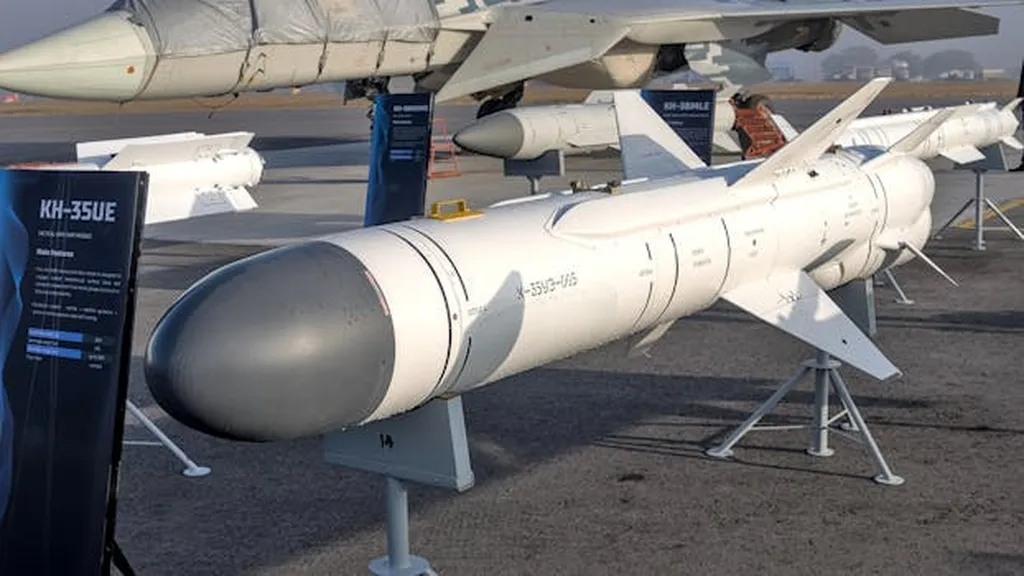India’s Defence Research and Development Organisation (DRDO) has taken a decisive step toward bolstering indigenous defence capabilities with the development of the Quadrature Monopulse Frequency (QMF) seeker. This advanced radar-guided targeting system represents a significant leap in India’s pursuit of self-reliance in missile technology, reducing dependency on foreign imports and enhancing national security.
The QMF seeker is a cornerstone of India’s push for sophisticated missile guidance systems, enabling precise angular positioning of targets. This technology is particularly critical in modern warfare, where adversaries deploy advanced electronic jamming systems. By improving guidance accuracy, operational range, and resistance to countermeasures, the QMF seeker ensures that India’s defence systems remain resilient in complex and contested environments.
At the heart of the QMF seeker lies its ability to generate sum and difference signals, allowing for robust directional discrimination even in cluttered environments. This dual-channel detection and processing system, incorporating in-phase and quadrature components, excels at separating direct signals from multipath or reflected signals. The result is enhanced target lock capability and improved resilience to electronic countermeasures and signal jamming. This architecture also supports Doppler processing and multi-target discrimination, making it invaluable for high-velocity and maneuvering targets.
The strategic importance of the QMF seeker cannot be overstated. By indigenizing this technology, India strengthens its national security architecture and reduces reliance on foreign suppliers. The QMF seeker’s versatility makes it applicable across various platforms, including air-to-air missiles, surface-to-air defence systems, and guided munitions. Its integration into the Prithvi Air Defence (PAD) system, a key component of India’s Ballistic Missile Defence Programme, underscores its critical role in neutralising incoming ballistic missiles at high altitudes.
Research Centre Imarat (RCI), a premier laboratory of the Dr. APJ Abdul Kalam Missile Complex in Hyderabad, has played a pivotal role in developing advanced seeker technologies for DRDO. RCI’s expertise in missile systems, guided weapons, and advanced avionics has been instrumental in the successful development of active Ku and X-band monopulse radio-frequency seekers for various missile systems, including the Quick Reaction Surface-to-Air Missile (QRSAM).
The QMF seeker is poised to become integral to next-generation Indian missiles and anti-drone systems. Its development aligns with India’s broader vision of ‘Atmanirbhar Bharat’ (Self-Reliant India), fostering domestic research and development capabilities and creating high-skilled employment opportunities. By collaborating with Indian public and private sector enterprises, DRDO is accelerating innovation and distributing technological capabilities across the defence-industrial base.
However, the development of sophisticated seeker technology presents numerous challenges, including miniaturisation, environmental hardening, and ensuring reliability under extreme conditions. DRDO’s systematic approach, involving rigorous testing, simulation, and incremental improvements, ensures that the QMF seeker meets stringent operational requirements.
As India joins an elite group of nations developing advanced seeker technologies, the QMF seeker exemplifies the country’s determination to maintain technological parity with global powers while protecting its strategic interests. This initiative not only strengthens India’s defence capabilities but also positions the nation as a potential exporter of advanced defence technologies, further solidifying its role in the global defence landscape.

